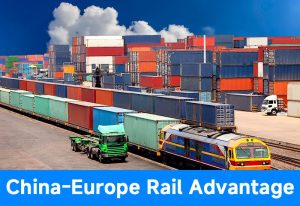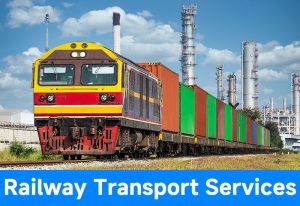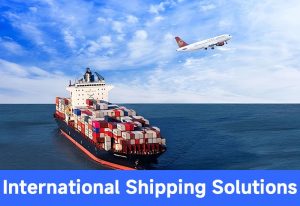When it comes to container transportation, the first thing that comes to mind is these container ships that can carry thousands or even tens of thousands of containers and quickly set sail on water like a small hill. Yes, container shipping is the most popular way in today’s container transportation industry. However, the initial container transportation did not involve cargo ships, but rather railway lines.
With the development of the times, the latest container transportation has gradually emerged.
Container shipping, also known as container shipping, is a method of loading goods into standard-sized containers and transporting them over long distances using transportation such as ships, trains, or trucks. This transportation method not only changes the traditional freight mode but also greatly improves logistics efficiency and reduces transportation costs.
Now it has also become the best transportation choice for many import customers, thriving all over the world.
The advantages of container shipping
-
Convenience
Container shippings has the advantages of being fast and efficient. By using standard containers, global logistics transportation can be conveniently carried out, reducing logistics cycles and time costs, and improving transportation efficiency.
-
Security
The unique design of container shippings can ensure the safety of goods during transportation. Containers have good airtightness, which can effectively avoid the influence of external environment and weather on goods, and to a certain extent ensure the safe transportation of goods.
-
Cost savings
In terms of transportation mode, container shippings can achieve multimodal transportation, which means that vehicles such as ships, railways, and highways can conveniently transfer goods at transfer stations. Under this mode, delivery costs are significantly reduced and logistics efficiency is also improved.
Disadvantages of container shipping
-
Low loading rate
In container shippings, due to limitations in container size, the loading rate of goods may be low.
-
Occupation of funds
Container shipping requires the use of a large number of standard containers during the transportation process. The investment cost of these containers is high, coupled with their limited service life, which requires continuous updating and replacement, resulting in a significant occupation of funds.
-
High management costs
For container shipping, various types of inspections and acceptance work are required to ensure the safety of the container itself and the transportation quality of the goods. These inspections and acceptance work require an increase in corresponding management costs and time costs.
The challenges and future of container shipping
Regarding the latest freight situation, the foreign trade container shipping market has rebounded and rebounded due to factors such as the Red Sea crisis. However, due to the continuous slowdown of the global economic situation, the foreign trade container shipping market still faces challenges. Coupled with the high capacity delivery volume in the foreign trade market, there is a strong willingness for domestic and foreign trade vessels to return to the domestic market in the future.
With the deepening of globalization and the growth of international trade, container shipping
We will continue to maintain stable growth and see some new development trends emerging. This includes classics
The integration and networking of economic globalization, technological progress, environmental awareness, and logistics services,
And changes in the regional pattern of international trade. For the container transportation industry
For practitioners and related enterprises, grasping these trends and making strategic adjustments will be crucial.
It’s important.



